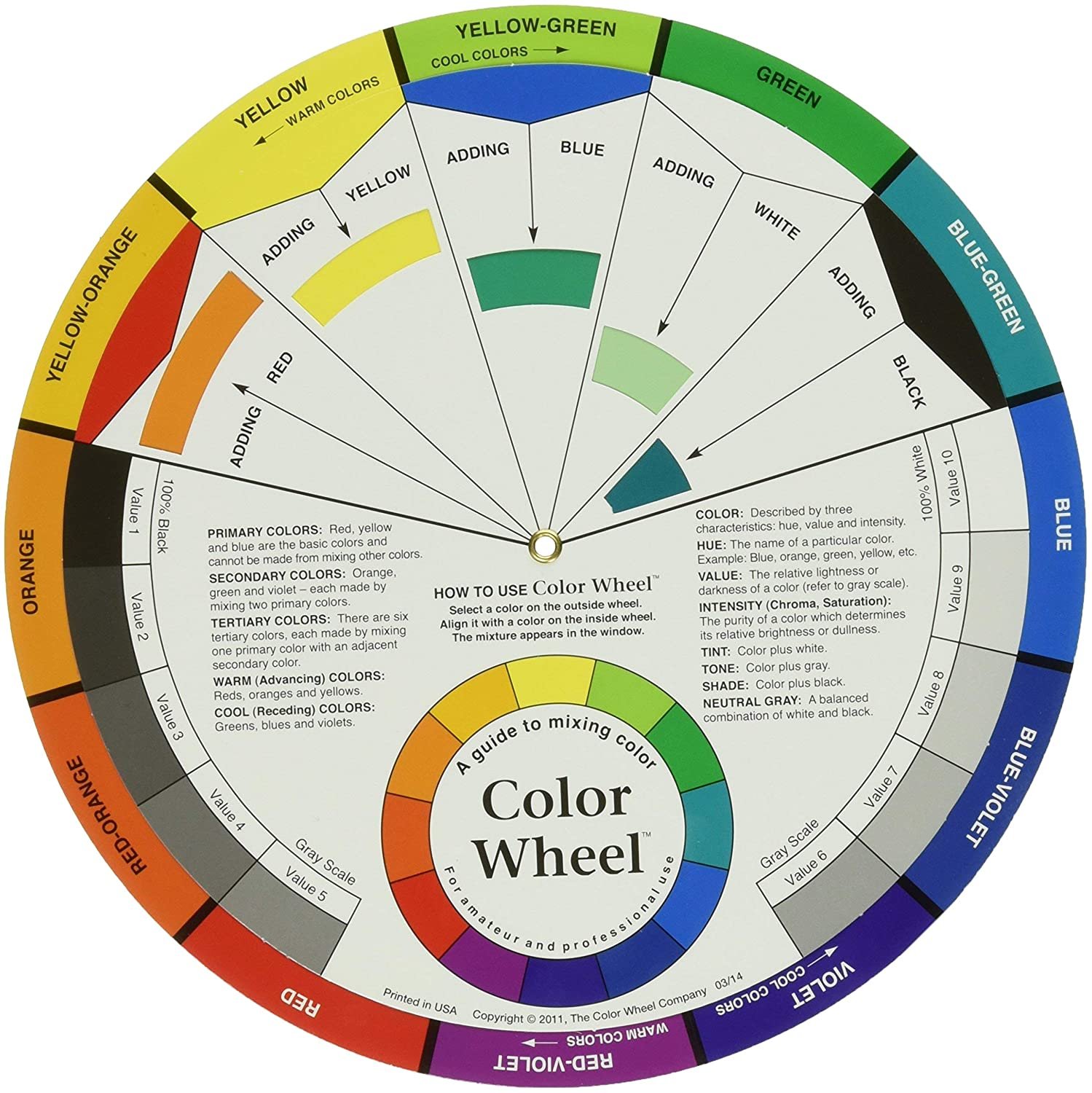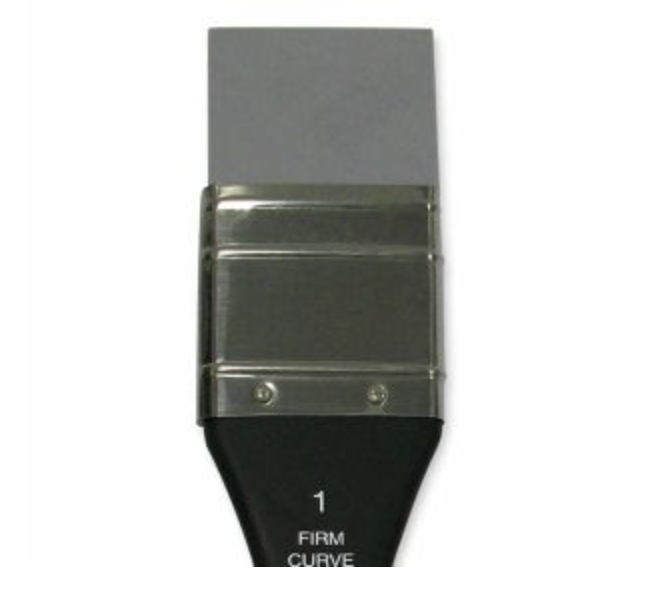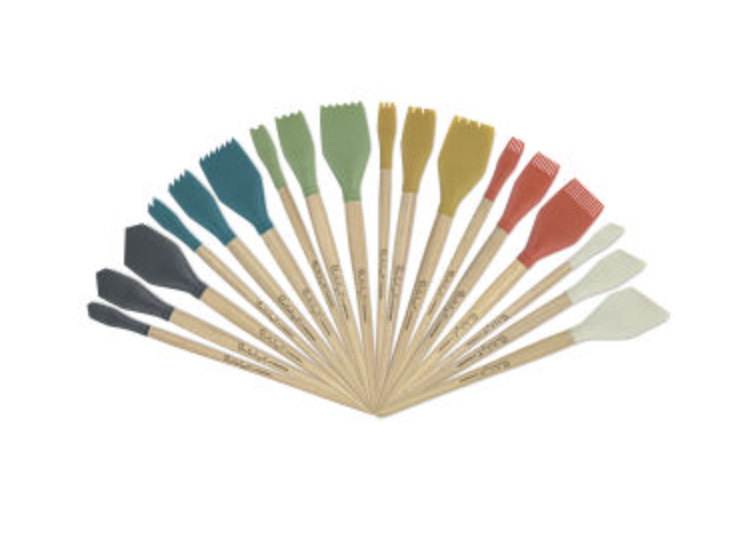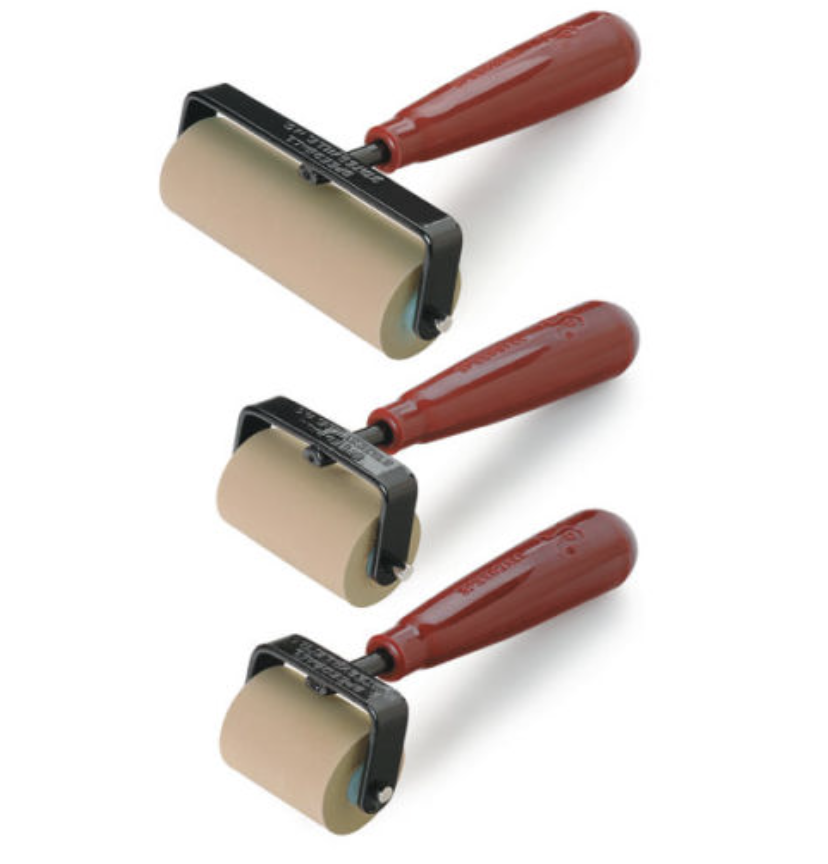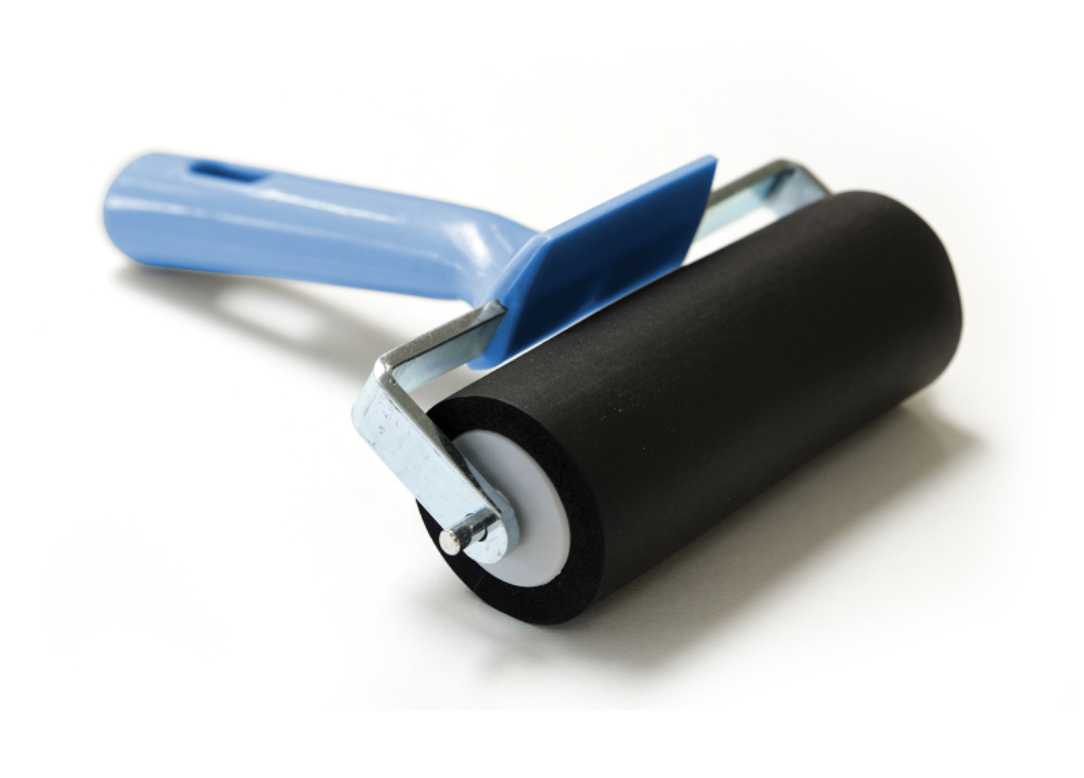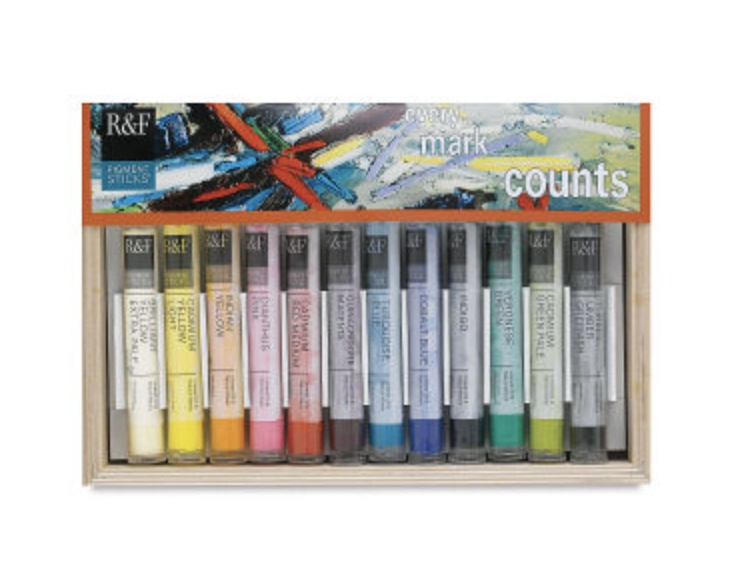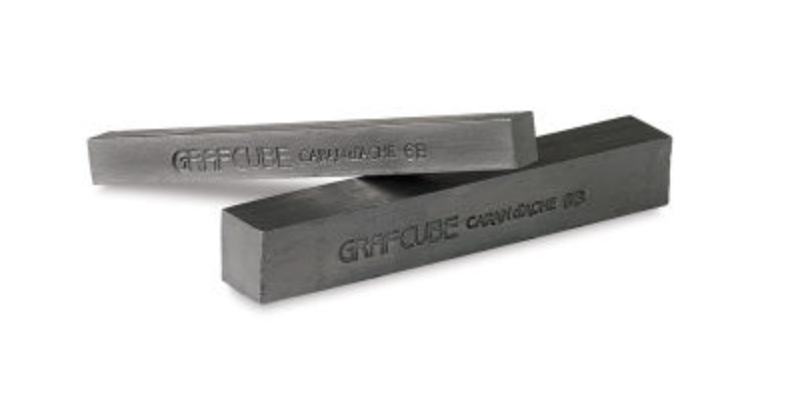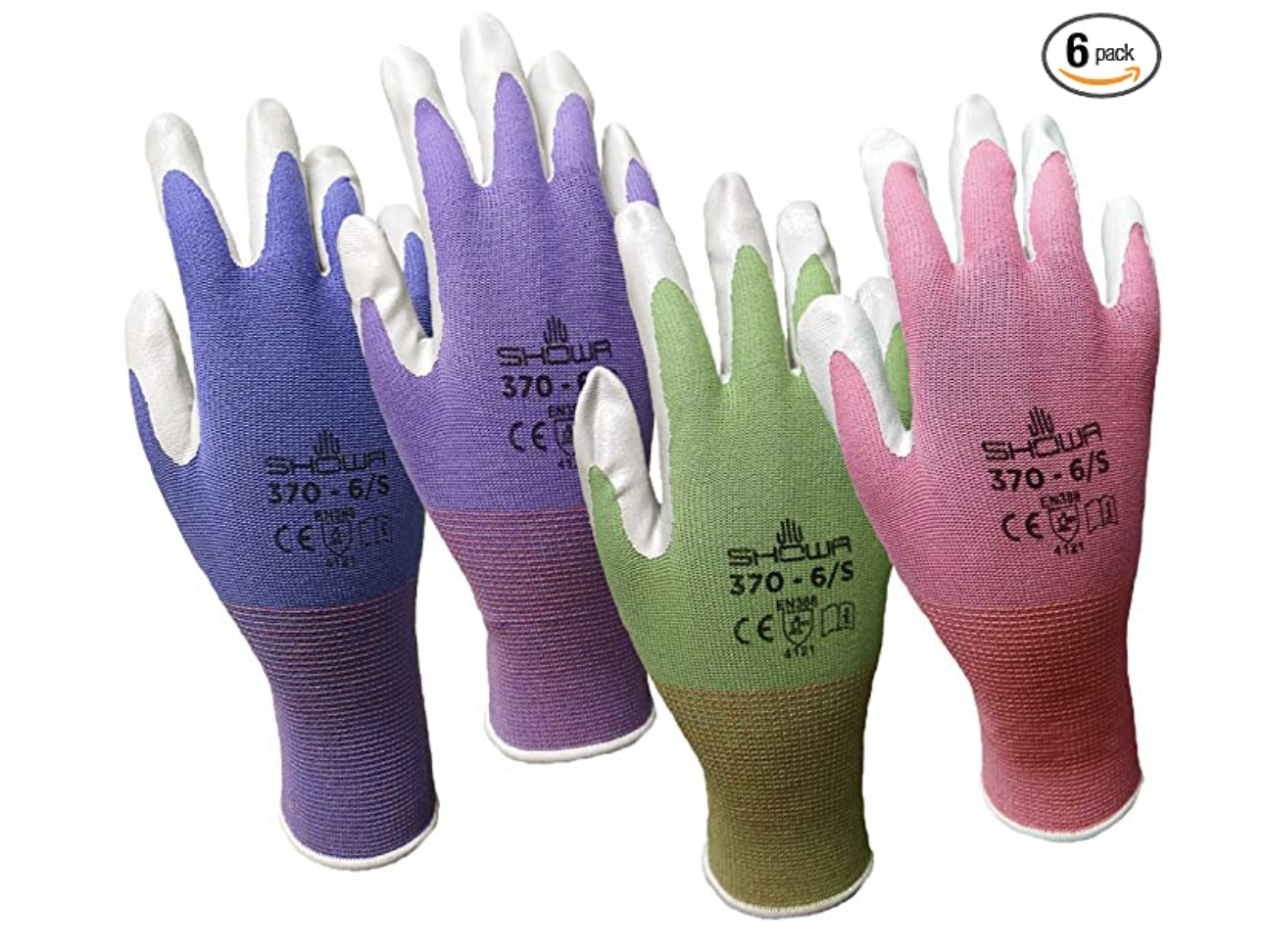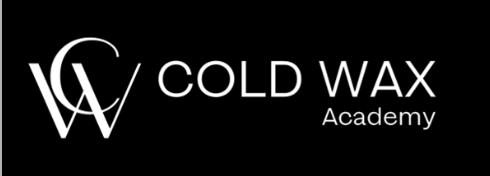One, Two, Three! Using Multiple Figures In Your Work [Workshop]
Please read information below to get the most out of this workshop
〰️
Please read information below to get the most out of this workshop 〰️
Below is a MATERIAL LIST and SOME THOUGHTS on preparing for this workshop. My intention is to work with you individually and help you focus on personal expression and your painting voice. In order to do that you will need to do a bit of thinking beforehand. I’ve given you some instructions in the information below.
I intend to make this a very personal workshop so please bring any questions regarding your own work and also any questions having to do with your art career if that is applicable. If you have existing paintings that you would like input on, you are welcome to bring those as well.
Click on any PLUS SIGN below for more information.
Preparing for the Workshop
-
Pad of newsprint for sketching. If you are attending with a friend you can definitely share one of these.
-
I recommend that you bring your substrates (canvases, etc.) with at least a coat of color on them so that you are not working on a white surface. Old paintings without too much texture work too. It is easier to start a painting on a surface that already has a bit of history on it, but too much texture can be difficult.
-
Please bring one pad of Arches oil paper 9 x 12 for morning warm-ups. Please also bring blue tape to tape of the edges.
-
We will be working with multiple figures on each painting so your photo references will be even more important than usual. PLEASE spend time before class to select inspiring, clear photos to work with.
Figures from different sources may be combined on a single canvas.
PHOTOGRAPHS
Please bring a good quantity of photos and source images that inspire you of human figures. (Bring as many as you can!) These can come from magazines, mail order catalogues, the internet, and best of all your own personal photo stash. The key to good photos is a good sense of light. You want light and shadow on your figure. Flat overall lighting makes the image difficult to interpret. With more experience it gets easier, however when learning to paint the figure it is best to have good shadows (darks) and good lights (light) on the figure in your photograph. Black and white photos are actually preferable, as they open up your interpretation of color.
If you are printing photos be sure to use photo paper. Photos printed on regular computer paper tend to be washed out and lack the values that we want. Printing on good matte photo paper makes a huge difference.
Here is a good example of a photo with a strong light source. This is a particularly exaggerated light source, however that makes it easy to really see the shapes.
We will be working with multiple figures on each painting. You may combine images from different sources into one painting.
I have found that the more you connect to the photo and the more personal it is, the more successful the painting typically.
Supplies
Click on any PLUS SIGN below for more information.
-
I am not particular about colors. Bring as many as you feel comfortable with. What is important to me is that you have lots of paint to work with. We don’t want to skimp on paint. Most of you have been painting for a while, so bring the colors you are comfortable with!
For those of you who have trouble with skin tones, be sure to bring Cadmium Red Light, Black, and Yellow Ochre or Gold Ochre.
-
ACRYLIC PAINTERS
Whatever mediums you prefer.
To keep working on Acrylics longer (more like oils) bring Golden’s Acrylic Glazing Liquid, gloss or matte.
OIL PAINTERS
I like Gamblin’s Gel Medium personally, but bring whatever you typically use.
Odorless Mineral Spirits ONLY
Cold Wax if you are interested. Not required. (I am not specifically teaching cold wax methods in this class)
-
CANVAS
When possible, bring several different sizes to class to choose from.
We will be focusing on individual expression. Realistically, in a three day workshop you will be working on three medium or large canvases max, so I wouldn’t bring more of that size.
I would suggest approximately 24” x 24” max. Wood panels or stretched canvas are all acceptable. We will be working on easels.
Canvases can be square or rectangular. I am just giving square sizes for easy reference. If you are flying, just bring as large as you can manage. I have found that if you substrate is too large, students do not complete much work as they tend to work on one canvas.
2-3 Medium canvases about 24” x 24”, 20” x 20”, in that range. 16” x 20” is fine too for those who are traveling.
The point is to work larger if at all possible, but obviously there may be restrictions with travel, so just bring what is easy for you.
PAPER
We will be doing some warmup exercises in the mornings using paper.
Oil Painters please bring a 9 x 12 pad of Arches Oil paper
Acrylic Painters please bring Watercolor paper or similar
-
I like Vine Charcoal. Soft and easy to use. We will use this for sketching, warm-ups, and some composition planning
-
You do not need all of these.
▪ Graphite - I prefer 9B (soft)
▪ China Marker
▪ Pastels
▪ Stencils
▪ Inks (for Acrylic painters)
▪ Oil Bars (for Oil painters)
▪ Any other tools you like to use
-
Bring what you are used to using. Be sure to bring some larger ones. 1” to 2” size. These can be inexpensive “Chip” brushes from a house paint or hardware store. (about $1.00 each) My favorite brushes are 1” chip brushes that I can throw away when they get worn out.
Just make sure to bring some larger sizes. This class is not about painting eyelashes!
-
Spade shape is my favorite. Bring several sizes (or what you are used to)
-
Bring one! Large as possible. Wood, paper, glass, plexi, all are acceptable
-
One Full Roll paper towels (Viva brand are the best, mark my words, after you try them you’ll never get anything else).
Gloves
1” Blue Painters Tape
Sketchbook/Notebook and pen or pencil
Squeegees if you use them
OIL PAINTERS
Clean jar with lid to pour out your used OMS.
Start saving pizza boxes to carry your wet paintings in. Saves your car! Or other protective material or travel carriers.
ACRYLIC PAINTERS
Container for your water.
Spritzer to keep paintings wet when necessary
Useful Supplies For Your Studio
MATERIAL SUPPLIER WEBSITES
You may also choose to visit your local art supplier.



